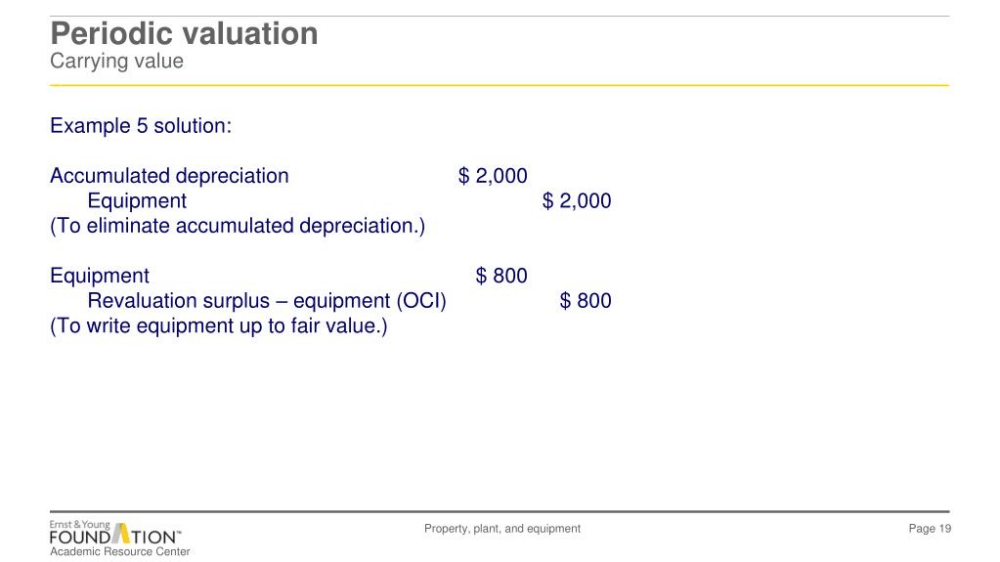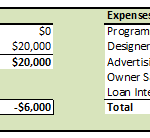
If there are receipts recorded in the internal register and missing in the bank statement, add the transactions to the bank statement. Consequently, any transactions recorded in the bank statement and missing in the cash register should be added to the register. Conversely, identify any charges appearing in the bank statement but that have not been captured in the internal cash register. Some of the possible charges include ATM transaction charges, check-printing fees, overdrafts, bank interest, etc. The charges have already been recorded by the bank, but the company does not know about them until the bank statement has been received.
Accounts payable

However, if you’re managing your accounts manually, you’ll need to reconcile your general ledger balance to your sub-ledger balance. Adding the two columns, the bank reconciliation form now displays your reconciled balance of $12,360. All trust transactions in the internal ledger should be accurately recorded and should align with transactions in the individual client ledgers. In the following post, we’ll cover the crucial types of reconciliation for legal professionals and delve into the fundamentals of three-way reconciliation accounting.
What Is Account Reconciliation and Why Is It Crucial?
- It is prudent to reconcile credit card accounts and checkbooks on a regular basis, for example.
- Alongside human-based accounting activities, a lot of companies make use of open source accounting software to record transactions and reconcile differences between different statements or documents.
- When using Clio together with these integrated accounting solutions, trust account updates made in Clio are then automatically updated in QuickBooks or Xero.
- Detecting fraud early can prevent financial losses and damage to an organization’s reputation.
- The result would give a far more accurate picture of the company’s true financial status.
Its purpose is to ensure accuracy and consistency of financial data, which is vital for informed decision-making and maintaining financial integrity. Sometimes a deposit or a payment recorded in your accounting software isn’t on the monthly bank statement. When paper checks were the main way that vendors and employees were paid, this was a much bigger problem. But today, nearly instantaneous communication of financial transactions means the delay between the money leaving one account and reaching another one may be measured in minutes or hours, not days or weeks. The cash account balance in an entity’s financial records may also require adjusting in some specific circumstances, if you find discrepancies with the bank statement.
Accounts Payable
Bank reconciliation statements are tools companies and accountants use to detect errors, omissions, and fraud in a financial account. Bank reconciliation is a simple and invaluable process to help manage cash flows. A bank may charge an account maintenance fee, typically withdrawn and processed automatically from the bank account.
Understanding Reconciliation in Accounting

Reconciliation is an accounting process which SMB owners and their accountants need to perform to ensure that the correct balances are recorded within their accounts. In accounts payable and accounts receivable reconciliations, discrepancies can highlight instances of overpayments or underpayments. Resolving these discrepancies can result in cost savings or increased revenue. Letting the bank reconciliation process slide can result in out-of-balance books, missing payments, unauthorized charges never being discovered, and missing deposits. Non-sufficient funds (NSF) checks are recorded as an adjusted book-balance line item on the bank reconciliation statement.
These errors would relate to issues between what a vendor is charging you and the inventory, services, or supplies that you have received. The card carries an annual fee of $95 and a variable APR typically ranging from 121.24% to 26.24%. Additional capital employed formula calculation and examples features include travel insurance, extended warranty protection, and cell phone protection. This card comes with an annual fee of $95, which is waived for the first year, and a variable APR typically ranging from 19.24% to 29.99%.
Starting with the ending balance of the prior period, you add all the increases and subtract all the decreases to get to the ending balance. Once you have a solid starting point, look at the reconciling items in last period’s ending balances. This is the one that keeps business owners and finance and accounting professionals up at night. While some fraudsters exhibit a true evil genius in covering their tracks, most thieves aren’t that clever.
Confirm that the opening balance on the former agrees to the closing balance on the latter. It helps identify and correct errors, ensuring that the financial data accurately represents the true financial position of an entity. If you use double-entry accounting in your business, you need to do account reconciliations monthly. The most important account reconciliation your business can perform is the bank reconciliation. When done frequently, reconciliation statements help companies identify cash flow errors, present accurate information to investors, and plan and pay taxes correctly. They can also be used to identify fraud before serious damage occurs and can prevent errors from compounding.
This credit card aimed at small business owners offers unlimited rewards and a $750 welcome bonus if you meet spending requirements. Bank of America’s card lets you customize your rewards and offers additional cashback when you use a Bank of America business checking account. Lastly, in the United States, account reconciliation is crucial to help companies comply with federal regulations applied by the Securities and Exchange Commission (SEC) under https://www.kelleysbookkeeping.com/recognition-of-accounts-receivable-and-revenue/ the Sarbanes-Oxley Act. An investigation may determine that the company wrote a check for $20,000, which still needs to clear the bank. In this case, a $20,000 timing difference due to an outstanding check should be noted in the reconciliation. Timing differences occur when the activity that is captured in the general ledger is not present in the supporting data or vice versa due to a difference in the timing in which the transaction is reported.
When preparing a bank reconciliation statement, a journal entry is prepared to account for fees deducted. Intercompany reconciliation is relevant for businesses with multiple entities or subsidiaries. It involves reconciling transactions and https://www.accountingcoaching.online/ balances between different entities to eliminate any discrepancies and ensure accurate consolidation of financial information. Balance sheet reconciliation focuses on reconciling the balances of various accounts present in the balance sheet.
Want to learn more about how to easily manage trust reconciliation with Clio? Check out our guide to managing trust accounting with Clio, or book a demo to see how it works firsthand. By taking advantage of technology and automation in this way, you can save time and avoid duplicate data entry errors. To implement effective reconciliation processes, you need to create and document the exact procedures that staff and lawyers should follow. To learn more about how Clio can help law firms to easily manage trust accounting and three-way reconciliation, while staying compliant, read our guide here. Different automation software, which uses statistical models to provide mostly accurate estimations for this method, is available on the internet.
So, the business records the purchase as a credit in the cash account and a debit to the asset account for reconciliation. Here, they’d match records like receipts or cheques with entries in the general ledger. This is a bit like carrying out a personal accounting reconciliation using credit card receipts and a statement.
